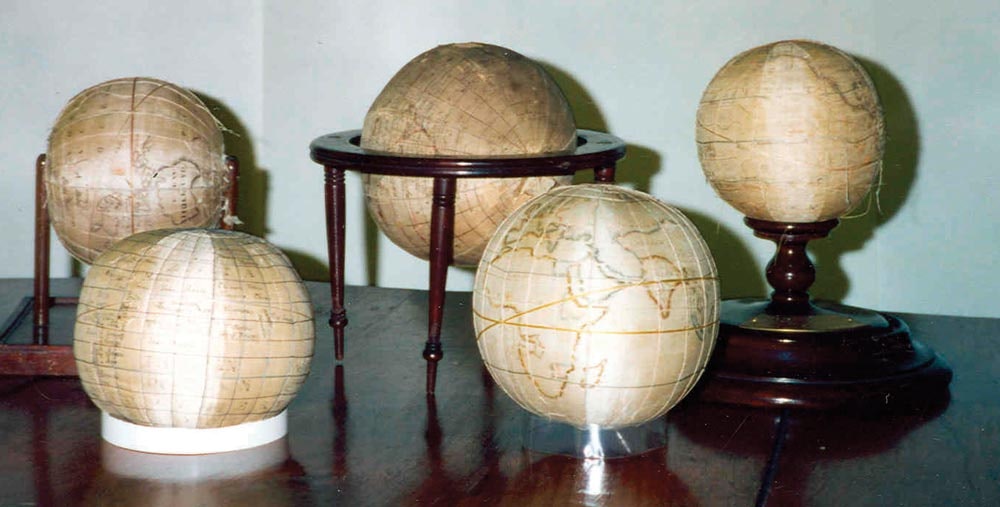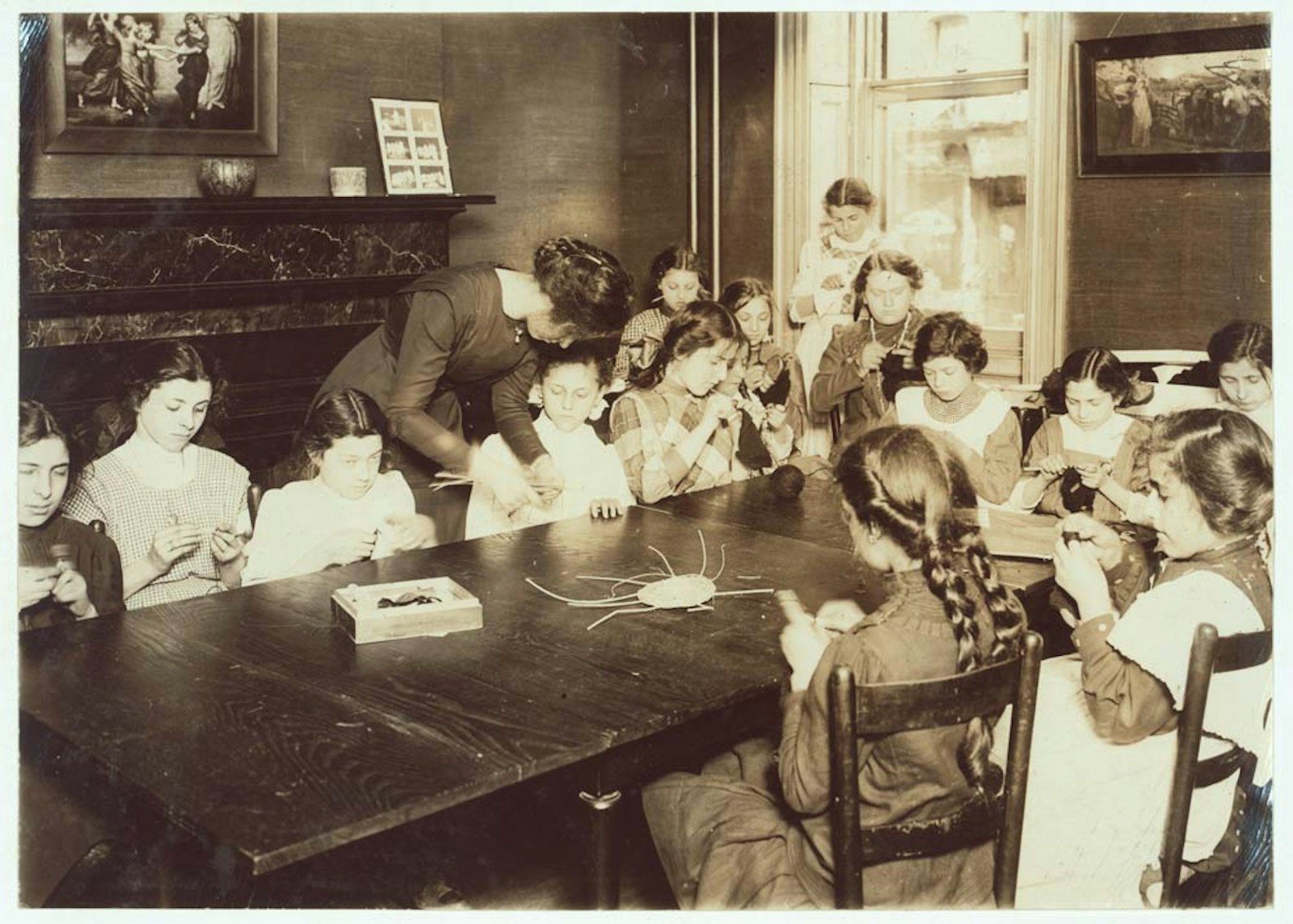August is upon us, giving parents and children of all ages that back-to-school feeling. That makes it the perfect time to feature stories about the intersection of students and education with needlework.
Schools have historically been an important place to learn needlework skills, whether in dedicated academies for handwork or as part of a general curriculum. In this guide, we’ve gathered five noteworthy excerpts from past issues of PieceWork that explore education, creativity, and learning. These include:
- Stitching the World: Westtown School’s Embroidered Globes
- Embroider a Globe project
- No Batteries Required and Other Reasons to Teach a Child to Knit
- Learning is an Ornament: Schoolgirl Art and Education 1770–1850
- Embroider Back-to-School Shoes project
Along with two projects, you’ll read about handmade globes and their importance in needlework instruction, why educators at Waldorf schools teach knitting, and how schoolgirl art is an important tool in the study of educational and women’s history.
If you have a PieceWork All Access membership, you can get it all by logging in to your account below. Not an All Access Subscriber yet? Check out the Embroider a Globe project by Nancy Nehring for free on our website, and you’ll get a glimpse into the many amazing wonders you get in the full library. We hope you enjoy going back to school with these stories.
~ The Editors of PieceWork

Embroidered globes in the collection of the Westtown School, Westtown, Pennsylvania. Photograph courtesy of Westtown School, Westtown, Pennsylvania
Stitching the World: Westtown School’s Embroidered Globe
In October 1816, Rachel Cope, a student at a Pennsylvania boarding school, wrote her parents that she would begin making globes that would be useful in instructing her brothers and herself, but she admitted that she expected to have “a great deal of trouble making them.” Rachel’s globes were to be made not of papier-mâché (astronomy books of the period included instructions for making papier-mâché globes) but of embroidered silk over a stuffed canvas form. Her use of the plural “globes” suggests that she intended to make both a terrestrial and a celestial globe.

